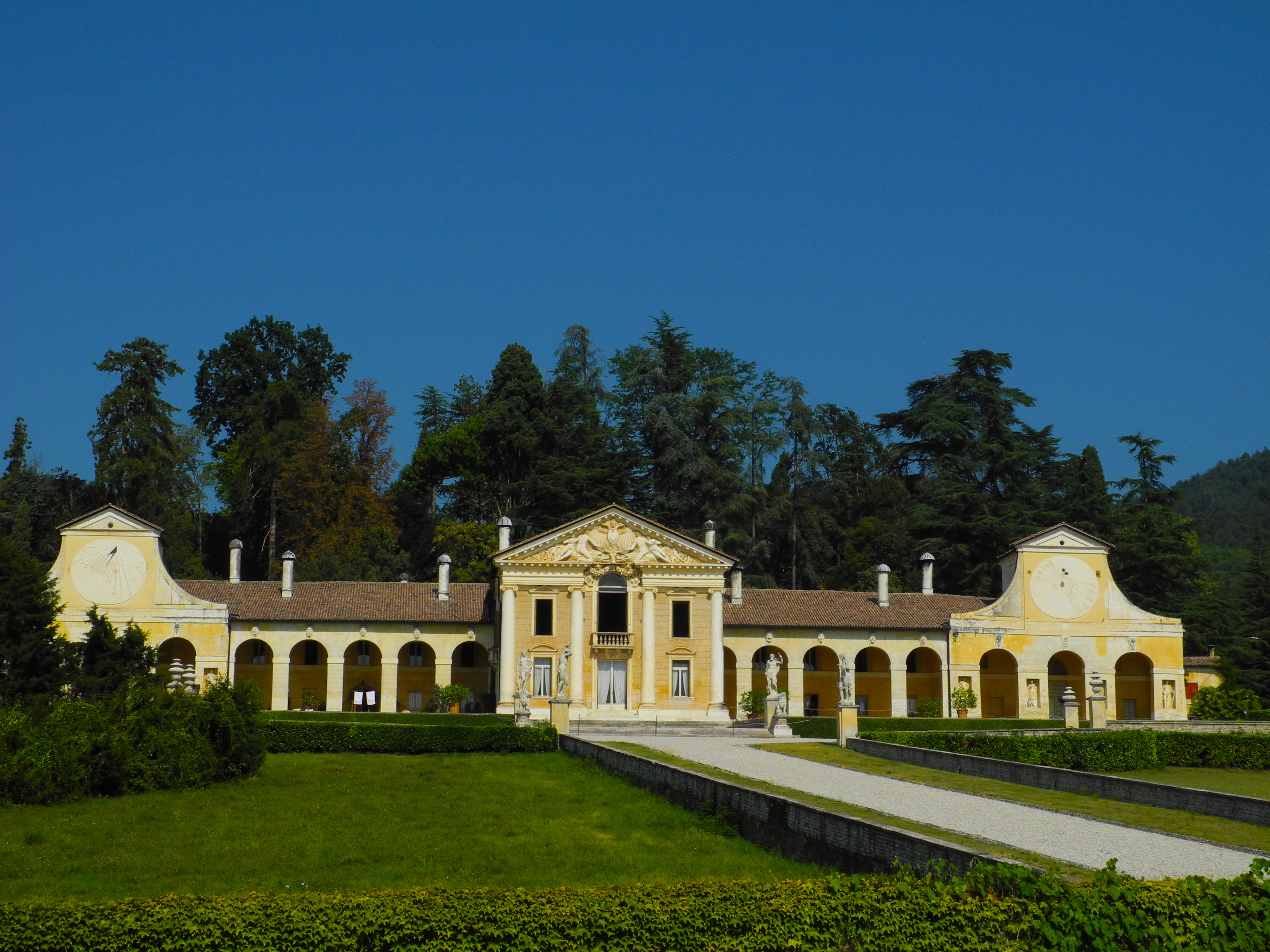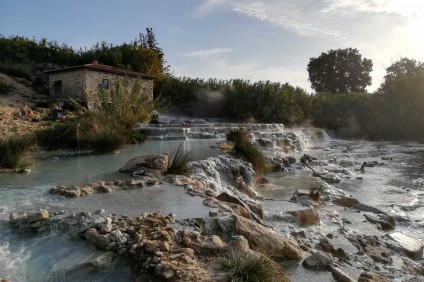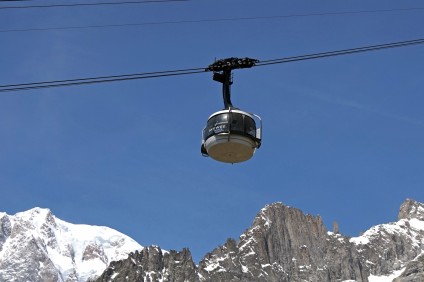Treviso is certainly a town that deserves a visit, but even its province knows how to give natural sceneries and cultural visits to be reckoned with. If you are planning a weekend in the province, here is our advice. After spending a day in the chief town, enjoy the northwest corner of the province with our itinerary.
First step of our itinerary: the Montello, between nature and war memories
We begin our journey leaving Treviso in a northerly direction up to Nervesa della Battaglia to reach Montello. It cannot be defined as a hill or a mountain. However, it is home to a lush forest where you can take a nice walk, perhaps among the monuments dedicated to the First World War, which was fought there. On its northern side flows the Piave river, which was the scene of a battle with the Austro-Hungarian army in those areas. Upper Treviso is rich in stories related to the Great War. One of the most scenic and evident is found right on Montello and is the abbey of Sant'Eustachio. An important monastic center since the year 1000, it was founded by the Collalto earls. Heavily bombed during the war, it remains as a splendid warning to the horrors of discord, selfishness and the will to prevaricate.
Possagno and the memory of Canova
We continue the itinerary westwards, touching the mountain slopes of the Prealps, admiring a verdant landscape. We thus come to Possagno. The small town is famous for having given birth to one of the most important artists of our cultural history: Antonio Canova.
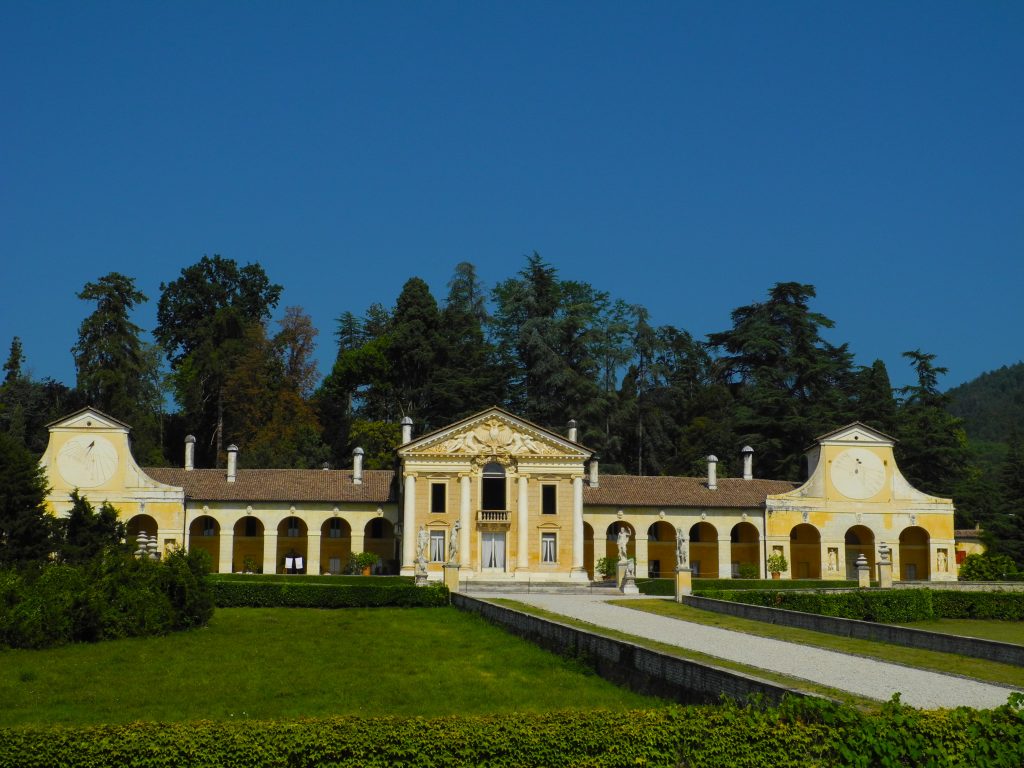
Your stop in Possagno will therefore be brief but precise at the museum house and the plaster cast gallery dedicated to the great master of neoclassicism. Since the term gipsoteca means a plaster museum, maybe you do not expect to find marble works. However you will learn about the history and genius of the master. Thanks to the chalks, you can discover his ingenious process of artistic production. The touch of the great architect Carlo Scarpa will captivate you as you admire the preparation of the three dancing graces. Leaving the museum a must is also the so-called Canovian temple. It is a neoclassical church designed by Antonio Canova on the model of the Parthenon in Athens and the Roman Pantheon. Inside, the master finds his eternal rest of him.
Asolo, the village of a hundred horizons
Lunchtime is coming up and the advice is to take the car back to reach Asolo in a few minutes, a historic village called by Carducci "with a hundred horizons". This is because the village is perched on the top of a hill and from there the view can run from the slopes of Mount Grappa to the Venetian lagoon.
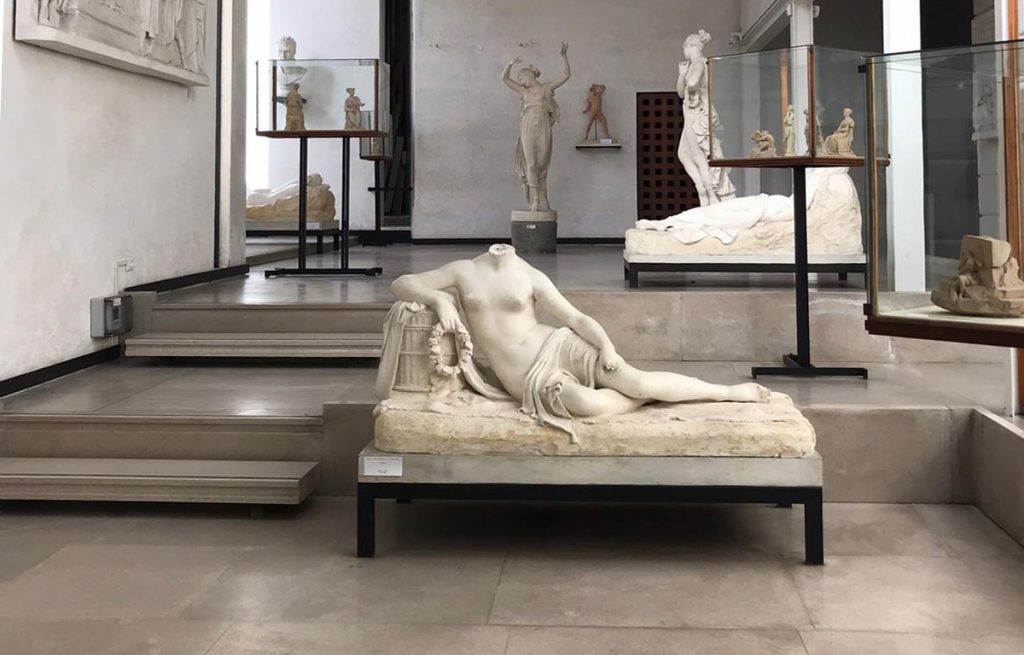
The advice is to take a walk through the narrow streets and climb up to the civic tower, to the castle of Queen Cornaro, to enjoy the magnificent panorama. Stop in one of the taverns on Via Browning to enjoy its cuisine and typical products. Then go for a digestive walk along Via Canova to the little church of Sant'Anna. In its cemetery you will find the tomb of two important women: Eleonora Duse and Freya Stark. Returning to the main square, visit the cathedral and the two works by Lorenzo Lotto and Jacopo da Ponte. Don't forget to visit the Civic Museum, a rich treasure chest of history and culture of the city that knows how to love you.
The country villas of the Venetian nobles
Depending on the time you have and the respective opening times, evaluate whether you can visit both the villas that we offer or just add one to your itinerary. These are two villas designed by the great Vicentine architect Andrea Palladio for two families of the Venetian patriciate around the middle of the sixteenth century. The closest to Asolo (5-10 minutes by car) is villa barbaro in Maser, the second is Villa Emo in Fanzolo (10-15 minute drive from Asolo).

As country dwellings they were the fulcrum of a productive agricultural estate. And for this purpose the longer wings of the building, the side wings, which are called boats, they were needed. The central body, on the other hand, is that of the house and its appearance shows traces of the classical influence in both villas, with an elegant colonnade on the front. The sobriety and simplicity of the architectural volumes is accompanied in both cases by the richness of the interior freshes, which bear the signature of Paolo Veronese for villa barbaro and Giambattista Zelotti for Emo villa.
Out of itinerary, but always interesting
Our itinerary includes a return to Treviso from here. In case you want to make changes to our proposal, you could add a small jewel of the Treviso countryside, the tomb of the Brion family designed by Carlo Scarpa in San Vito d'Altivole (just a few minutes away from Villa Emo). Or even the small town of Castelfranco Veneto, which houses a delightful museum dedicated to the great artist Giorgione. Alternatively, Montebelluna also offers an excellent museum dedicated to natural history and archaeology. Trespassing out of the province you can also consider a visit to Citadel (Padua), a fortified town that offers a walk on top of the historic walls. Our latest proposal is Bassano del Grappa, in the province of Vicenza. It houses splendid museums, a civic tower and the famous Ponte degli Alpini. We can only wish you a good weekend!

